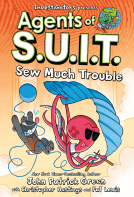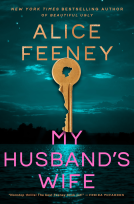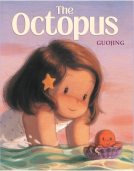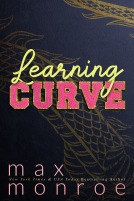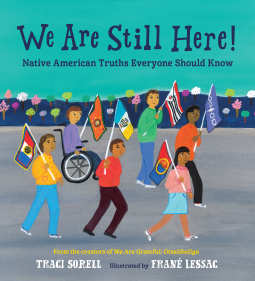
We Are Still Here!
Native American Truths Everyone Should Know
by Traci Sorell
This title was previously available on NetGalley and is now archived.
Send NetGalley books directly to your Kindle or Kindle app
1
To read on a Kindle or Kindle app, please add kindle@netgalley.com as an approved email address to receive files in your Amazon account. Click here for step-by-step instructions.
2
Also find your Kindle email address within your Amazon account, and enter it here.
Pub Date Apr 20 2021 | Archive Date Apr 20 2021
Talking about this book? Use #NativeAmericans #NetGalley. More hashtag tips!
Description
An ideal nonfiction picture book for 7-10-year-old future activists and changemakers! An inspiring read by best-selling and award-winning Cherokee author Traci Sorell.
Too often, Native American history is treated as a finished chapter instead of relevant and ongoing. This companion book to the award-winning We Are Grateful: Otsaliheliga offers readers everything they never learned in school about Native American people's past, present, and future.
Precise, lyrical writing presents topics including:
- Assimilation
- Allotment
- Termination
- Relocation
- Economic Development
- Language Revival
- Sovereign Resurgence
- and more
A 2022 American Indian Youth Literature Picture Book Honor Book
A 2022 Robert F. Sibert Honor Book
Available Editions
| EDITION | Other Format |
| ISBN | 9781623541927 |
| PRICE | $17.99 (USD) |
| PAGES | 40 |
Links
Average rating from 47 members
Readers who liked this book also liked:
James McBride
General Fiction (Adult), Historical Fiction, Literary Fiction
John Patrick Green; Christopher Hastings
Children's Fiction, Comics, Graphic Novels, Manga, Middle Grade




